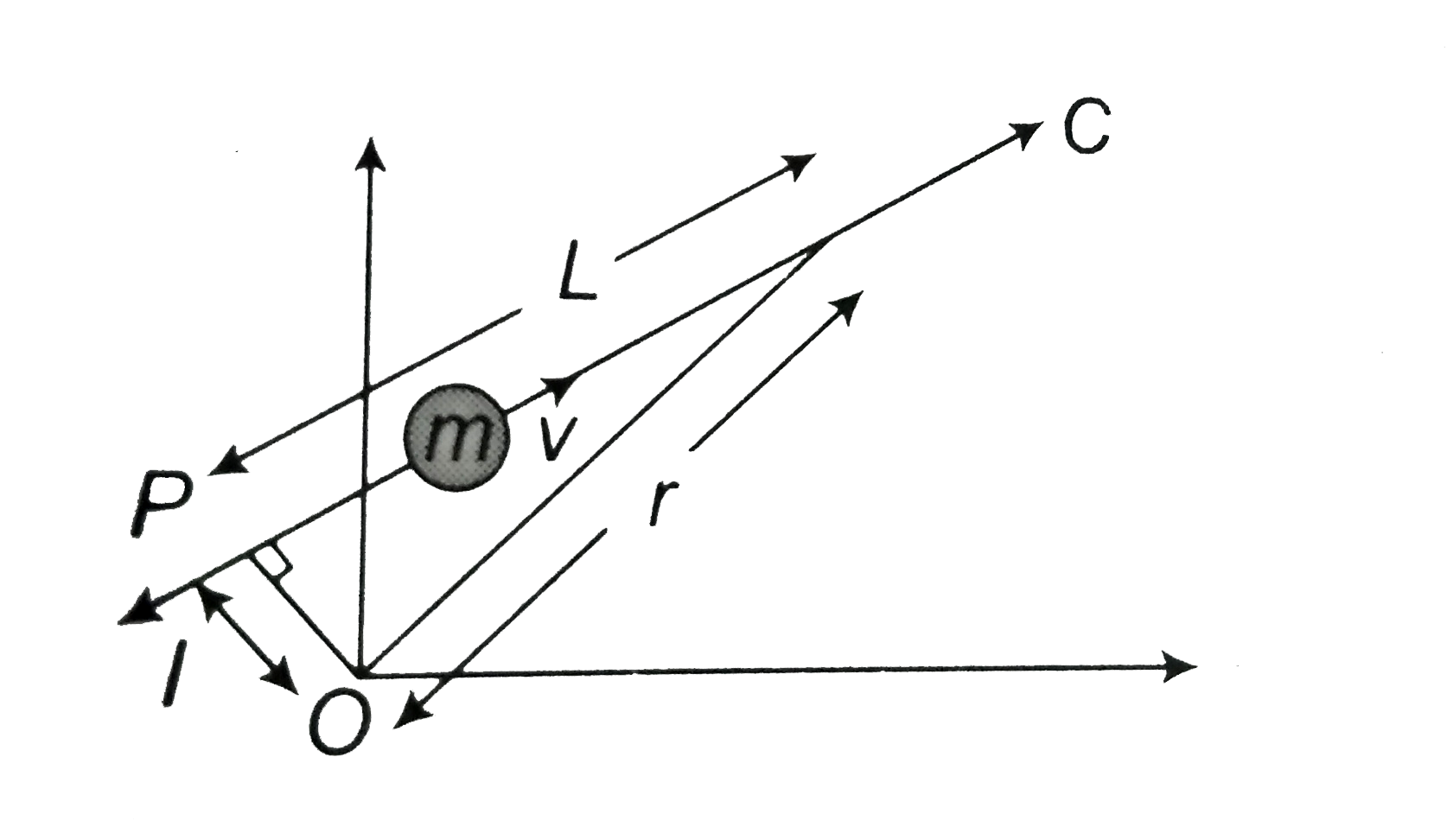A particle X moving with a certain velocity has a debragile wave length of 1.72Å, If particle Y has a mass of 50% that of X and velocity 50% that of X, debroglies wave length of Y will be −
3Å
5.33Å
6.88Å
48Å
The correct Answer is:3
To solve the problem, we will use the de Broglie wavelength formula, which is given by:
λ=hmv
where:
- λ is the de Broglie wavelength,
- h is Planck's constant,
- m is the mass of the particle,
- v is the velocity of the particle.
Step 1: Determine the parameters for particle X
Given that the de Broglie wavelength of particle X is 1.72Å (which is 1.72×10−10m), we can denote:
- Mass of particle X = mX
- Velocity of particle X = vX
Using the de Broglie wavelength formula for particle X:
λX=hmXvX
Step 2: Determine the parameters for particle Y
According to the problem:
- Mass of particle Y = 0.5×mX
- Velocity of particle Y = 0.5×vX
Using the de Broglie wavelength formula for particle Y:
λY=hmYvY=h(0.5mX)(0.5vX)=h0.25mXvX
Step 3: Relate the wavelengths of particles X and Y
From the above equations, we can express λY in terms of λX:
λY=h0.25mXvX=4⋅hmXvX=4λX
Step 4: Calculate λY
Now substituting the value of λX:
λY=4⋅1.72Å=6.88Å
Conclusion
Thus, the de Broglie wavelength of particle Y is:
λY=6.88Å
Final Answer
The de Broglie wavelength of particle Y will be 6.88Å.
---
- λ is the de Broglie wavelength,
- h is Planck's constant,
- m is the mass of the particle,
- v is the velocity of the particle.
Given that the de Broglie wavelength of particle X is 1.72Å (which is 1.72×10−10m), we can denote:
- Mass of particle X = mX
- Velocity of particle X = vX
According to the problem:
- Mass of particle Y = 0.5×mX
- Velocity of particle Y = 0.5×vX
From the above equations, we can express λY in terms of λX:
Now substituting the value of λX:
Thus, the de Broglie wavelength of particle Y is:
The de Broglie wavelength of particle Y will be 6.88Å.
Topper's Solved these Questions
- BOOK - RESONANCE ENGLISHCHAPTER - ATOMIC STRUCTUREEXERCISE - Inorganic chemistry (Chemistry Bonding)38videos
ATOMIC STRUCTURE
- BOOK - RESONANCE ENGLISHCHAPTER - ATOMIC STRUCTUREEXERCISE - ORGANIC CHEMISTRY(Fundamental Concept )16videos
ATOMIC STRUCTURE
- BOOK - RESONANCE ENGLISHCHAPTER - AROMATIC COMPOUNDS EXERCISE - PART-II : JEE (MAIN)1videos
AROMATIC COMPOUNDS
- BOOK - RESONANCE ENGLISHCHAPTER - CHEMICAL BONDINGEXERCISE - ORGANIC CHEMISTRY(Fundamental Concept )6videos
CHEMICAL BONDING
Similar Questions
A particle X moving with a certain velocity has a debroglie wave length of 1A∘. If particle Y has a mass of 25% that of X and velocity 75% that of X, debroglies wave length of Y will be :-
View SolutionA particle X moving with a certain velocity has a debroglie wave length of 1A∘. If particle Y has a mass of 25% that of X and velocity 75% that of X, debroglies wave length of Y will be :-
View SolutionA particle X moving with a certain velocity has a de Broglie wavelength of 1Å . If particle Y has a mass of 25% that of X and velocity 75% that of X ,de Broglie wavelength of Y will be :
View SolutionThe de Broglie wave length associated with a particle of mass 1 mg moving with a velocity of 1m/sec is
View SolutionIf an alpha particle and a deuteron move with velocity v and 2v respectively, the ratio of their de-Broglie wave length will be ……….
View SolutionThe momentum of a particle of wave length 1 Å is
View SolutionA particle of mass m moves along line PC with velocity v as shown. What is the angular momentum of the particle about O?
 View Solution
View SolutionA particle is moving in x-y plane as shown in the figure. Angular velocity of the particle with respect to the origin is
 View Solution
View SolutionThe ratio of velocities of a proton and an α particle is 4 : 1. The ratio of their De Broglie wave lengths will be
View SolutionA sine wave has an amplitude A and wavelength λ. The ratio of particle velocity and the wave velocity is equal to (2πA=λ)
View Solution

